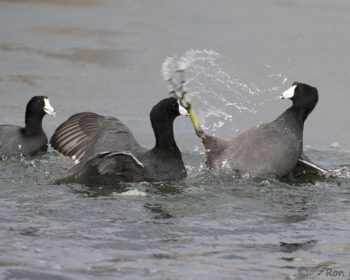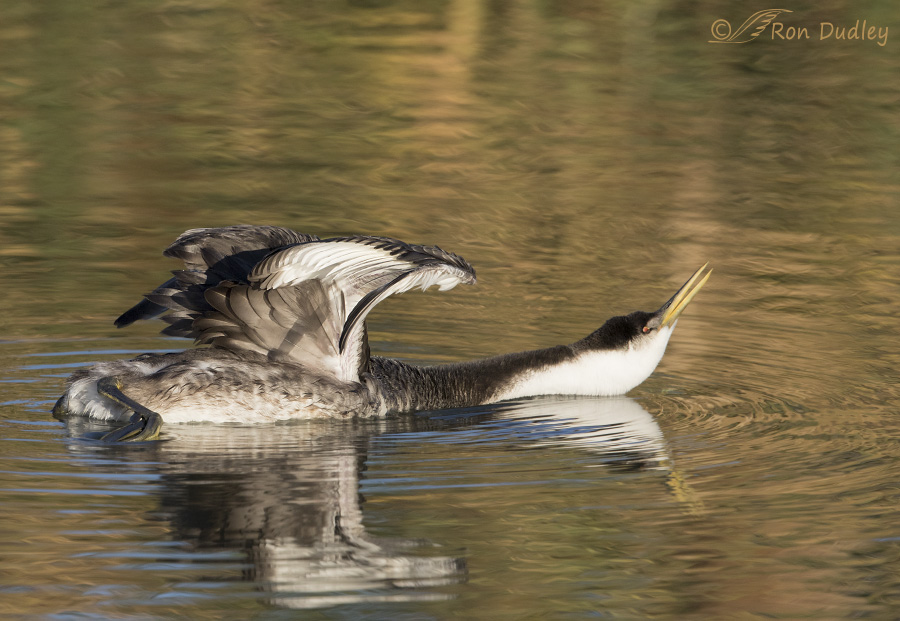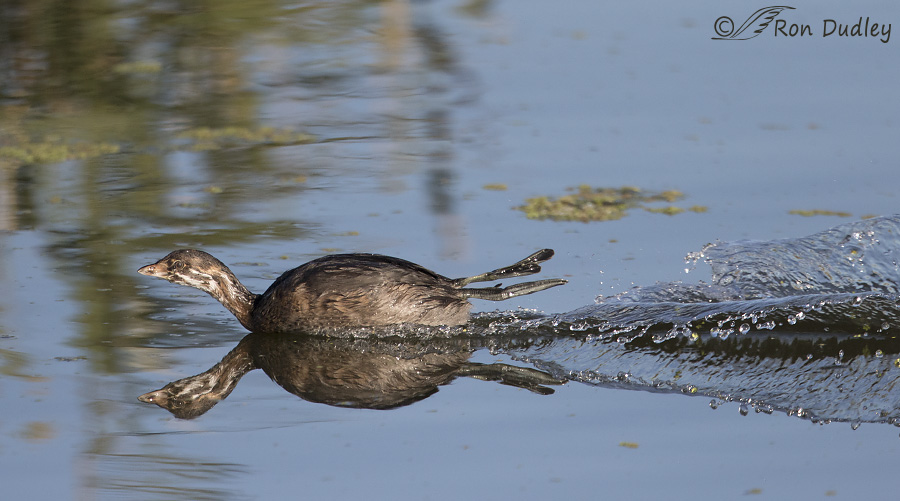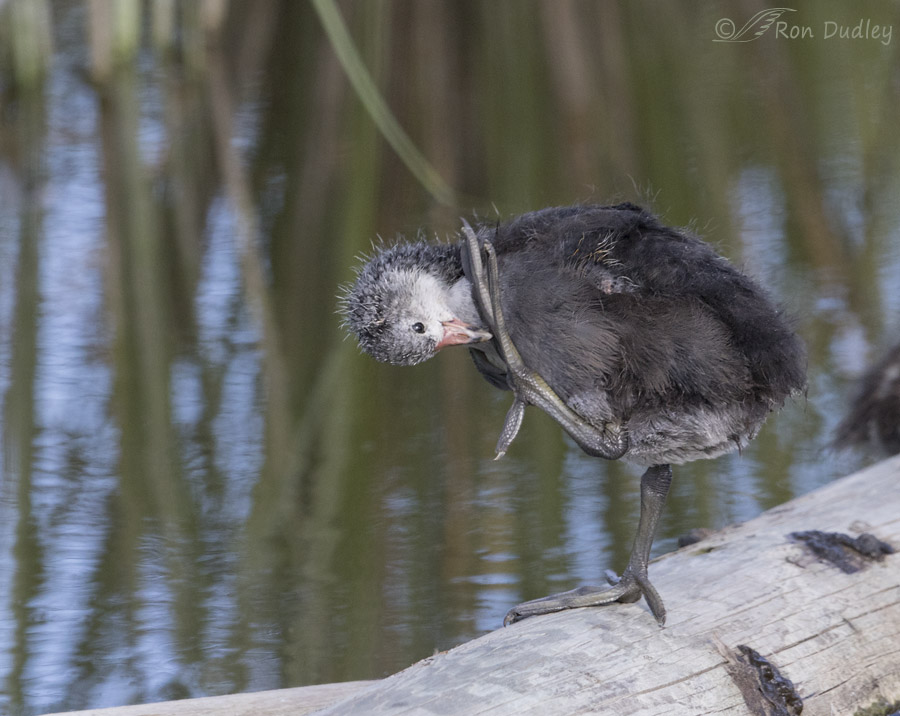Tag: lobed feet
Western Grebes Posing Up A Storm
Grebes – Why They’re Such Good Swimmers
Young Coot Giving Its Huge Foot A Pedicure
Coot Running Through Walls Of Water
Coots are quarrelsome, belligerent and cantankerous, especially the males in springtime before the females lay their eggs. Sometimes weaker combatants are killed.
Mean-fighting Coots
American Coots are, without question, the most aquatic, common and widely distributed rail species in North America. Clumsy and awkward fliers, they require long running take-offs to become airborne but they are skilled swimmers – largely due to their lobately webbed toes. And oh, are they ever ornery! But first, allow me to make a few excuses… These images of fighting coots were taken several years ago when I was relatively new to photography. My settings weren’t particularly appropriate so I’m not including them here. And most of these photos were shot in JPEG rather than RAW, so my processing options were extremely limited when I tried to adjust exposure, so the frustratingly white bill is pretty bright in a few of these images. This is one of the aggressive postures used by males to challenge other males. Whenever I see this I know that all hell is about to break loose and I’d better be ready. In my experience, coots have two primary fighting strategies. One is for each bird to lie on their backs in the water while propped up by their wings and tails and strike out at each other with their feet and claws. In this fighting position, their defense is to try to grasp the opposing birds feet. Here we get a good look at those unusual lobed toes. If they become locked together they then fight with their bills. The second fighting strategy uses bills and wings as weapons. If one bird gains the advantage it often tries to force its opponent underwater. The losing bird…
Western Grebes: A Bizarre Behavior Finally Explained
Anyone who has spent a significant amount of time observing Western Grebes (or their close relatives, Clark’s Grebes) has undoubtedly observed this curious behavior multiple times. But before I continue, a few words of explanation are in order. Grebes are unique to most other water birds in two ways that are related to this behavior: 1.) their legs are attached to their bodies at the rear, rather than underneath and 2.) the toes of grebes are lobed instead of webbed. Having legs attached at the rear allows for efficient swimming but causes extreme clumsiness while walking – they rarely venture on to land, but when they do they often fall down after just a few steps. This leg attachment position is so distinctive of grebes that the genus name of four of the North American grebe species is Podiceps (from “podicis” meaning anus or vent and “pes” meaning foot) – in other words, “anus foot”. (and yes, I’m having a hard time resisting a joke line or two with that phrase…) Recent experimental work with grebes has demonstrated that the lobes on the toes function much like the hydrofoil blades of a propeller. Ok, with that background, on to this strange behavioral quirk of the Western Grebe. Without warning, and for no apparent reason, they stick one of their legs out behind them. With those unusual feet it can look pretty silly. Sometimes they’ll do a simultaneous wing stretch, but rarely. Occasionally they’ll hold the foot high in the air for quite a while. That can look even sillier. Even the chicks do it….





